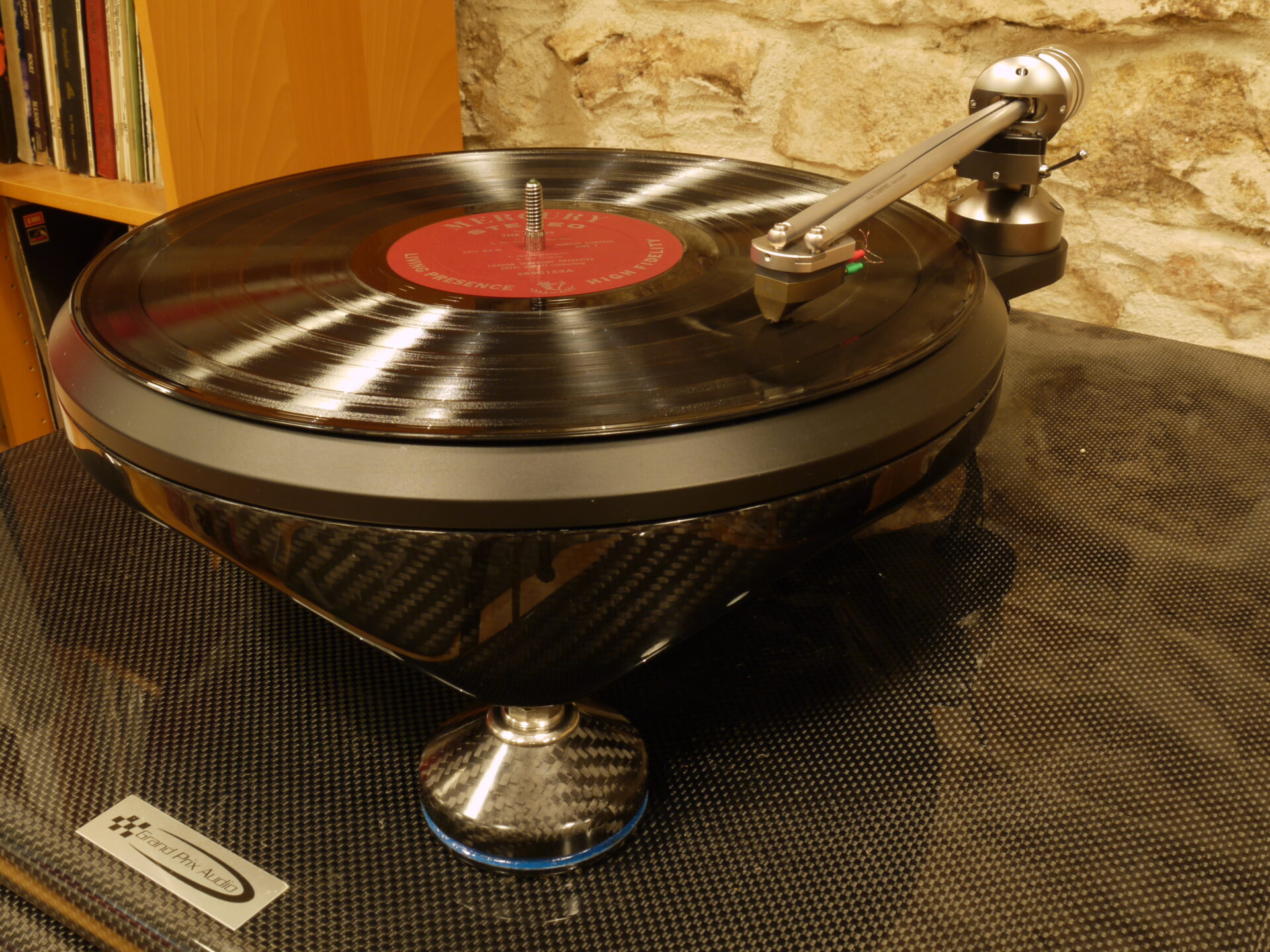Getting under the skin of Grand Prix Audio’s Monaco v2.0.
By Roy Gregory

Owning or working with a product is a gradually evolving experience. It might start with that first flush of excitement over its sonic and musical impact, but from there it is almost inevitably, gently downhill. If we are lucky we settle onto a plateau, a state of comfortable complacency. If we are not so lucky, then at some point our relationship enters that downward spiral, littered with the sudden plunges of disappointment or dismay, leading almost inevitably to distrust and disposal. Those sickening drops in confidence and the deep cracks they drive through the foundations of our satisfaction are generally the result of reliability issues, component failures, the standard of service or serviceability. Harry Pearson once famously quipped, “If it works first time, then it ain’t high-end…” and the history of audio is littered with – indeed, some would say built on – products which hover between an appalling reliability record and 100% failure rate, along with the companies that didn’t just make them but go on making products today. Some of those companies grow up to become respectable members of the audio society while others don’t –although this aspect of a product’s CV never seems to get examined in reviews. Yet the actual engineering, serviceability and company support are crucial aspects of any product’s value. What price do you put on these very real qualities?
One answer is the market price – reflected in the second-hand value of any product. Let’s take Naim Audio as an example. Not only does their product range involve a carefully constructed upgrade path, littered with additional boxes, options and add-ons, but the company has always serviced every product it has ever made – and if it can no longer service a product then it offers a heavily discounted replacement from the current range. In turn that is reflected in the high-prices paid (often 70% of original cost) and rapid turnover of second-hand products, something that’s appealing to owners and dealers alike. It remains to be seen whether that policy is sustainable with the likes of Muso or Uniti product, but certainly the hi-fi separates still enjoy that level of support.
Doing it right…
You might argue that the Naim example is unusual or an outlier, but other blue chip companies exist. Back in February 2016 I enjoyed the experience of Jadis honouring the lifetime guarantee on the output transformer of one of my JA30 mono-blocs, almost 30-years after I purchased them – and doing it promptly, efficiently and for a member of the public not a reviewer. What was especially heart-warming was that they were surprised by my surprise. Such support should be recognised and celebrated and in that spirit it’s time to highlight another example.
The Grand Prix Audio Monaco turntable has been a constant in my system since the arrival of the v1.5 model. Fully factory upgradeable from the original design, this is a perfect example of investing in sound engineering (in every sense of those words). Just how perfect an example I failed to appreciate until it came time to look under the hood and get my hands dirty. Now enjoying v2.0 status, my Monaco has lived a long, intense and much travelled life. Unlike many record players that are simply installed and then remain, almost untouched for years, my Monaco is both a mule and a test-bed, constantly being shifted, both within and between my listening rooms and from one location to another, having arms and cartridges swapped and being left constantly running to break in those ancillary components. A month or so ago it developed a subtle whisper, an almost inaudible, cyclic murmur – a noise that wouldn’t even have been audible were it not so utterly, ghostly silent in normal operation. That might sound like an odd comment, except that nearly all turntables produce some level of belt or motor noise – and if you don’t believe me, invest in a stethoscope. At first I tried to fool myself that I was imagining things – certain sure that the last thing I wanted to do was pack up the ‘table and ship it back to Colorado for servicing. But my previously silent Monaco was clearly not its normal, happy self, so it was definitely time to bite the bullet and get in touch with Grand Prix Audio.
Doing the right thing…
Diagnosis was as swift as it was unexpected, the deck’s designer/manufacturer Alvin Lloyd identifying the cause as rotational interference on the optical encoder disc used to monitor and eliminate speed variation. The unexpected bit was the cause – a drop in the platter’s ride-height, either as a result of drift in the setting or, possible but less likely, premature wear on the main-bearing thrust pad, a result of the ‘table’s rugged existence, the equivalent of using a high-performance sports car as a part-time SUV and a regular on the school run! The fix involved resetting the ride-height while also replacing the thrust pad (just to be on the safe side) and then re-setting the critical gap between the encoder disc and the optical reader. But the good (if slightly frightening) news was that Alvin was confident that, supplied with the parts, I could carry out the work myself. At this point, let’s just stop to remind ourselves that this thing is an extraordinarily precise and complex instrument that claims unrivalled and never previously experienced speed stability. Getting out the toolbox and delving inside this hybrid mechanical-optical-electrical instrument should give anybody pause – especially anybody who utterly depends on it working properly.
- 1
- 2

